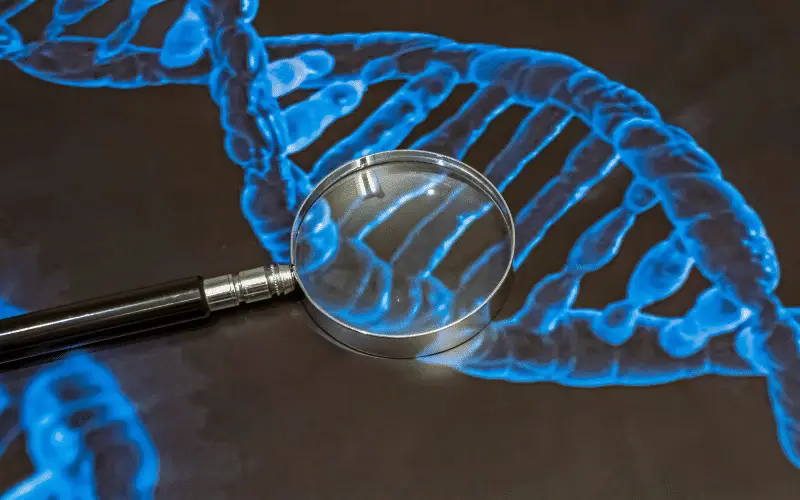Introduction: Unraveling the Complexity of Huntington’s Disease

Huntington’s disease, also known as HD or Huntington’s chorea, is a rare and perplexing disorder, most known for its devastating impact on neurological function. This condition is a neurodegenerative disease that causes a range of physical, cognitive, and psychiatric symptoms, affecting multiple body systems.
In the realm of neurological diseases, Huntington’s disease is unique in its hereditary nature. It does not discriminate, and if the mutated gene is present, the disease will manifest itself, irrespective of lifestyle or environmental factors. This article will focus on understanding the top 10 causes of Huntington’s disease, providing clarity on the factors that lead to its development and progression.
Before delving into the specific causes, it is essential to note the primary cause – a genetic mutation. Huntington’s disease originates from an alteration in the Huntingtin gene (HTT), specifically, a DNA segment known as a CAG repeat. However, the occurrence of the disease is not as simple as the presence of the mutated gene. There are additional layers of complexity and factors influencing disease manifestation, which will be discussed in detail.
1. Genetic Mutation: The Driving Force of Huntington’s Disease

The story of Huntington’s disease begins with a genetic mutation. However, it’s not as simple as having the mutation equate to having the disease. There’s a much broader narrative at play that illuminates the complexities of this challenging condition.
The gene in question, the HTT gene, is responsible for creating a protein called huntingtin. Although the exact role of this protein isn’t fully known, it’s clear that it’s integral to nerve cells (neurons).
A mutation in the HTT gene results in an abnormal version of the huntingtin protein. Over time, this abnormal protein causes damage and eventual death to neurons in specific areas of the brain, leading to the onset of Huntington’s disease.
Specifically, the mutation in the HTT gene involves an increase in the length of a DNA segment known as a CAG repeat. In a normal HTT gene, there are about 10 to 35 of these repeats. However, in the case of Huntington’s disease, these repeats increase to 36 or more. It’s this escalation in the number of repeats that triggers the disease.
Notably, the number of CAG repeats doesn’t just determine the presence of Huntington’s disease but also its severity and onset. The greater the number of repeats, the earlier the disease tends to manifest, and the more aggressive its progression.
One of the harsh realities of this mutation is its inevitability. The mutation, once present, guarantees the development of Huntington’s disease.
Prevention or reversal of this genetic alteration is currently beyond our medical capabilities. For carriers of this mutation, it’s a definitive ticking time bomb for neurological degeneration. (1)